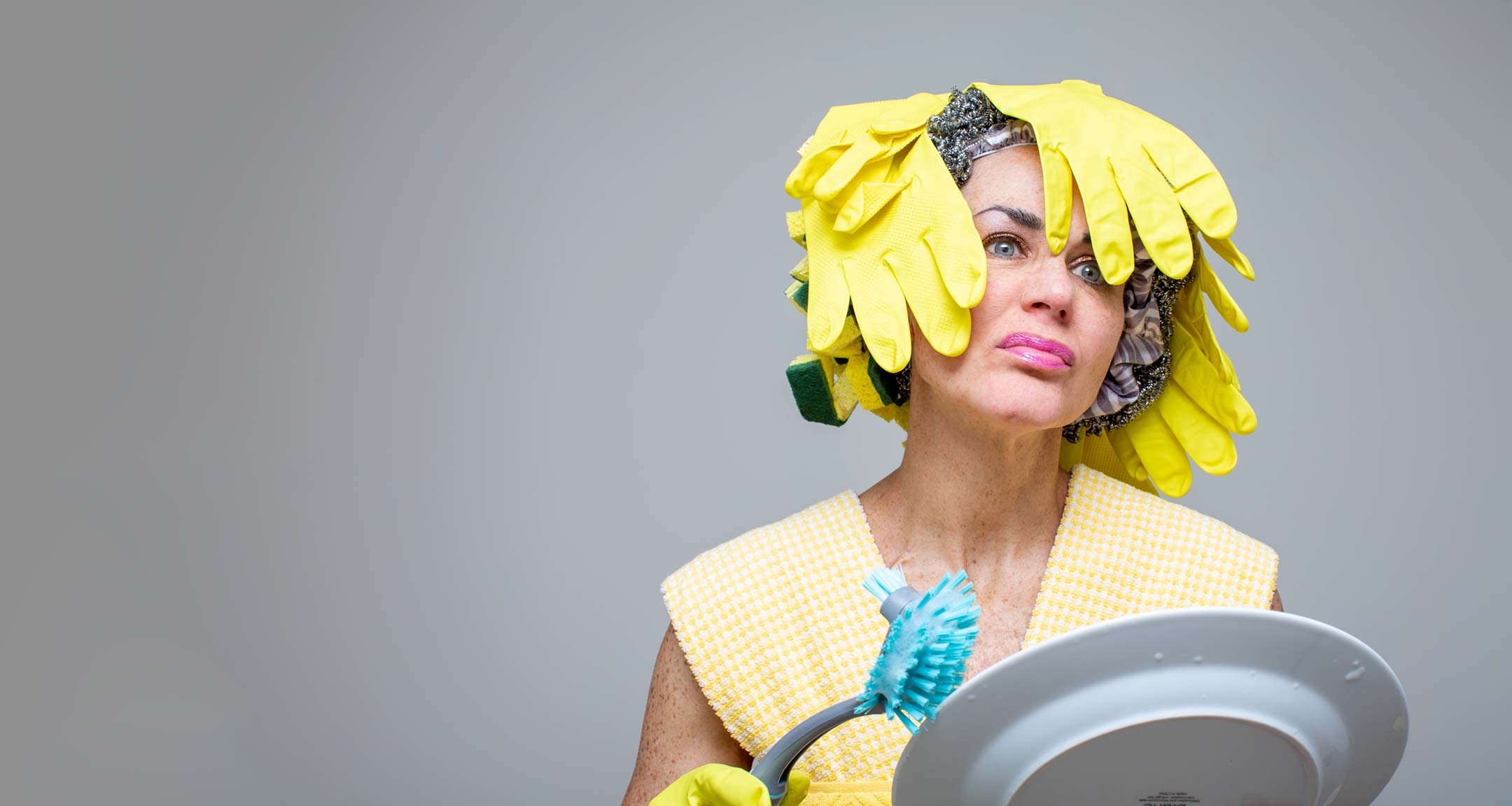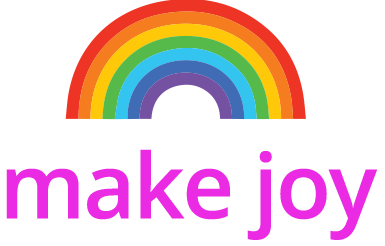
About & Project Video
Artist’s Statement
In 2018 I was diagnosed with an aggressive form of lymphoma. As a result of treatment I lost all of my hair and experienced a profound loss of identity and sense of self.
When a person finds out they have cancer the community wants to help, but doesn’t know how. Through my project I provide an opportunity for collaboration and interaction by inviting people to make hair for me out of household materials. I then wear, style and photograph the hair into a series of humorous and colorful alternate selves. The project is a catalyst for the expressive activity of others and inspires making and activity. I challenge viewers to think about cancer and chemotherapy as a call to action, and ask them to think about their limitations as possibilities.
The photographic style of the project is influenced by the repetitive nature and immediacy of digital stock art, my ambivalence towards fashion photography, and the sexist print advertisements of the 60s and 70s.
I use the serial format of the ad campaign to counter the cancer colloquialisms, militaristic metaphors and warrioristic language, purposely omitting headlines and text. The project attempts to use forms of commercial art as a visual framework for subverting hair loss into an opportunity for invention and recycling.
Make, learn, teach, heal
There were phrases I heard many times back in September of 2018: “F_____ cancer, you’re a warrior!,” “You can beat this!,” and “You’re so strong.” But I didn’t feel any of those things after being diagnosed. I certainly was at odds with the military metaphors that abound during treatment. I was firmly in Susan’s Sontag’s camp when it came to cancer metaphors. I knew right away that I wanted to work with my disease and make something meaningful from it. But I didn’t have the slightest idea what. I only knew it wasn’t going to take the form of a battlefield. I wanted it to be joyful.
The months of treatment wore me down. I was lonely, tired and unrecognizable. We are all judged by others on our outward appearances, consciously or unconsciously, and the adjustments we make to that presentation can affect us in myriad ways. I experienced both negative and positive reactions to my personal changes: weight loss, hair loss, aging. We all know appearance influences our viability in the world through personal relationships, career, mobility, friendships and our overall self esteem. Through disease I had become someone else. I was blank, a non appearance if you will. I didn’t realize for months how lucky I was to be blank.
Acceptance
Once I accepted my cancer and my bald head, I became oddly fascinated by the changes. I spent weeks experimenting. I tattooed the world “Blonde” on the right side of my head, and “Brunette” on the left. I placed food on my head, I shot portraits of myself in various states of baldness or covered in metallic silver. I bought a fews prisms and reflected rainbows off my head and made more images. But none of it felt true.
I began reviewing the work by of other photographers who made art from cancer. Some used huge view cameras with black and white film, others shot with iPhones. And as hard as I tried, I couldn’t solve the problem: how can I express my cancer through my art positively?
The simplest idea ended up being the most effective. I was dealing with change and loss on the both the inside and the outside of my body. Why not try to replace what was physically missing and ask people to help me fill that void? People were excited to be asked participate and looked forward to having a hands-on project to work on that required a different kind of thinking, much different from the analytical kind we do everyday.
Goals
My goal for this project is to show loss is real, but our ingenuity in dealing with loss (in this case identity) is what makes us stronger, more compassionate humans.
Secondly the project is about both giving up control by mimicking the chemotherapy treatment process where patients give their minds and body over to a team of others, and gaining control back though collaboration, making and art directing.
The activity of making hair created a bridge of conversation, activity and creativity between my healthy friends and myself; asking others to work with me added a different point of view to the final images. For me, the physical creating of the hair is the real artwork and the photographs a record of what was made.
I don’t know anyone who hasn’t experienced cancer in one form or another. I can name 15 people who have cancer right now. What I’ve learned from this project is that others have much to say to us about disease and death, they have wisdom to impart, but may not be able to say it with words. Our language is limited when it comes to cancer and disease and the heads provide an alternate way to express oneself.
Each head has a story, each head is made by fingers, hands and bodies. I am awestruck by thoughts and processes of the hairmakers and how they came to make their individual creations, in some cases as memorials to loved ones who have died from cancer.
This art project has been a catalyst for family dinner table conversations about cancer, for creating art with a friend, for trying something new, and for teaching ourselves there are myriad ways to solve a problem. I now have over 60 heads. I’m so grateful to all of those people for did this with me.
We can heal our bodies with treatment, but we can heal our souls with activity, expression and the help of others. Make, learn, teach, heal.
Short bio
Eileen F. Powers
b. 1967, Mount Vernon, NY
Lives and works: Yarmouth Port, MA
Eileen Powers is an artist, writer, and designer working with photography, digital collage, typography, and performative self-portraiture. A professional communications designer, Eileen finds inspiration in the source material of her trade: advertising imagery, stock art and publicity photography; her family, and the beach culture of the Cape and Islands.
After being treated for lymphoma from 2018–20, Eileen underwent a radical shift in identity. Her work is an exercise in self-plasticity, resurrection and observation. By reimagining personal loss, Eileen creates a place for possibility, experimentation and collaboration. She holds an MFA in Visual Art: Photography from Lesley University.
Contact Eileen

